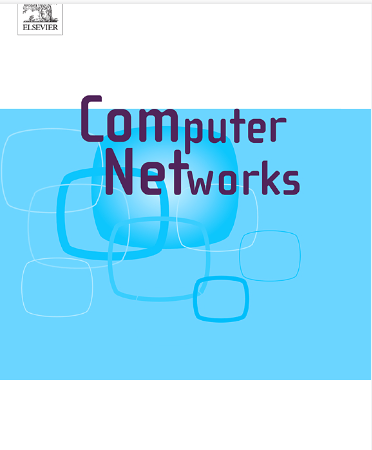D3QN-based secure scheduling of microservice workflows in cloud environments
IF 4.4
2区 计算机科学
Q1 COMPUTER SCIENCE, HARDWARE & ARCHITECTURE
引用次数: 0
Abstract
In recent years, microservice architecture has been widely applied in software design, including scientific workflow scheduling in the cloud, due to its loose coupling characteristics. With the development of container technology, its fast startup and low overhead make it the preferred deployment technology for microservices. However, a key issue with current microservice architecture is the risk of exposing private and sensitive data. Existing work has researched and explored new architectures for microservices, yet the trade-off between privacy and time has not fully considered still. To fill this gap, we first designed a security model that considers the security levels of users and cloud providers, as well as proposed a workflow scheduling algorithm that satisfies both budget constraints and task privacy requirements. We transform the secure scheduling problem into a Markov decision process (MDP) and propose the Dueling Double DQN-based microservice workflow scheduling Algorithm (D3MWS), which can not only minimize the completion time under budget constraints, but also meet the security requirements of workflow tasks. Finally, well-known workflow applications in cloud computing were selected for experiments. The experimental results showed that the proposed algorithm, while meeting the security requirements of microservices, reduced the average task completion time of each workflow by 10.91% compared to other algorithms under different task quantities.
求助全文
约1分钟内获得全文
求助全文
来源期刊

Computer Networks
工程技术-电信学
CiteScore
10.80
自引率
3.60%
发文量
434
审稿时长
8.6 months
期刊介绍:
Computer Networks is an international, archival journal providing a publication vehicle for complete coverage of all topics of interest to those involved in the computer communications networking area. The audience includes researchers, managers and operators of networks as well as designers and implementors. The Editorial Board will consider any material for publication that is of interest to those groups.
 求助内容:
求助内容: 应助结果提醒方式:
应助结果提醒方式:


